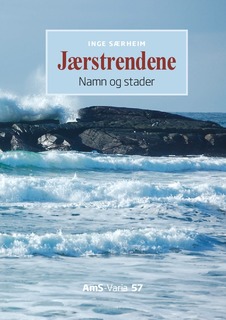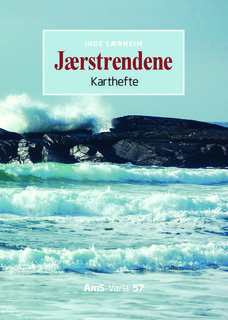| dc.description.abstract | This monograph presents linguistic analysis of more than 3000 coastal toponyms from Jæren (southwestern Norway), from
the sea and the seashores. The etymology of the names is discussed as well as the context and the historical background of
the names. There are also chapters on the naming process and the use of names, on toponyms as linguistic and historical
sources and on special linguistic and historical topics appearing in this corpus of names. The locations of the toponyms are
marked on maps. The place-names presented have been coined from oral sources in the local dialect. A large part of the
corpus was collected by the author in the 1970s, presented in his unpublished master’s thesis Stadnamn frå sjøen på Jæren
(Coastal place-names from Jæren) from 1978 (University of Bergen).
The use of toponyms makes it possible to localize activities and various phenomena in everyday conversation. The
fishermen give names to fishing grounds in order to be able to talk about their work. The fact that toponyms contain linguistic
material giving specific information about the locations, makes them valuable as sources. They provide information
to researchers within linguistics, history and archaeology, as well as to ordinary folk. Place-names mention and localize
former traditions and working processes. The semantic content of coastal microtoponyms from Jæren contains information
about e.g. fishing and hunting, sailing, dangerous waters, shipwrecks, the use of seaweed, the use of sand from the beaches,
defence systems, administration, rights, events, traditions and attitudes – and about the local language.
Most toponyms contain a topographical appellative as the generic, describing the type of location represented. Ca. 200
words identifying different types of locations are found in this corpus of names, in addition to more than 100 examples of
metaphorical naming. Most toponyms are compound, containing a generic and a specifier. The specifiers refer to e.g. geographical
position, shape, colour, size, soil, vegetation, animals, persons, working processes, traditions and special events. | nb_NO |

